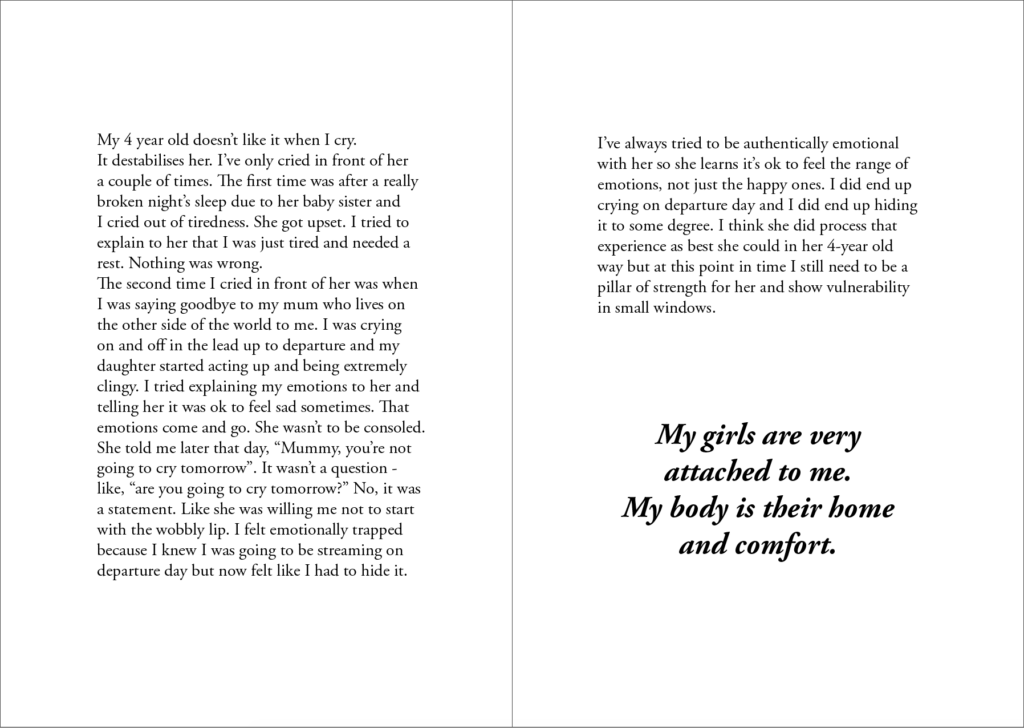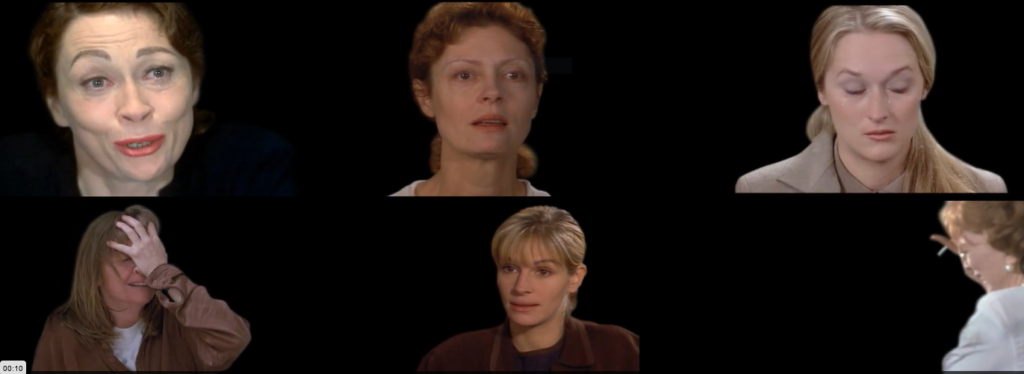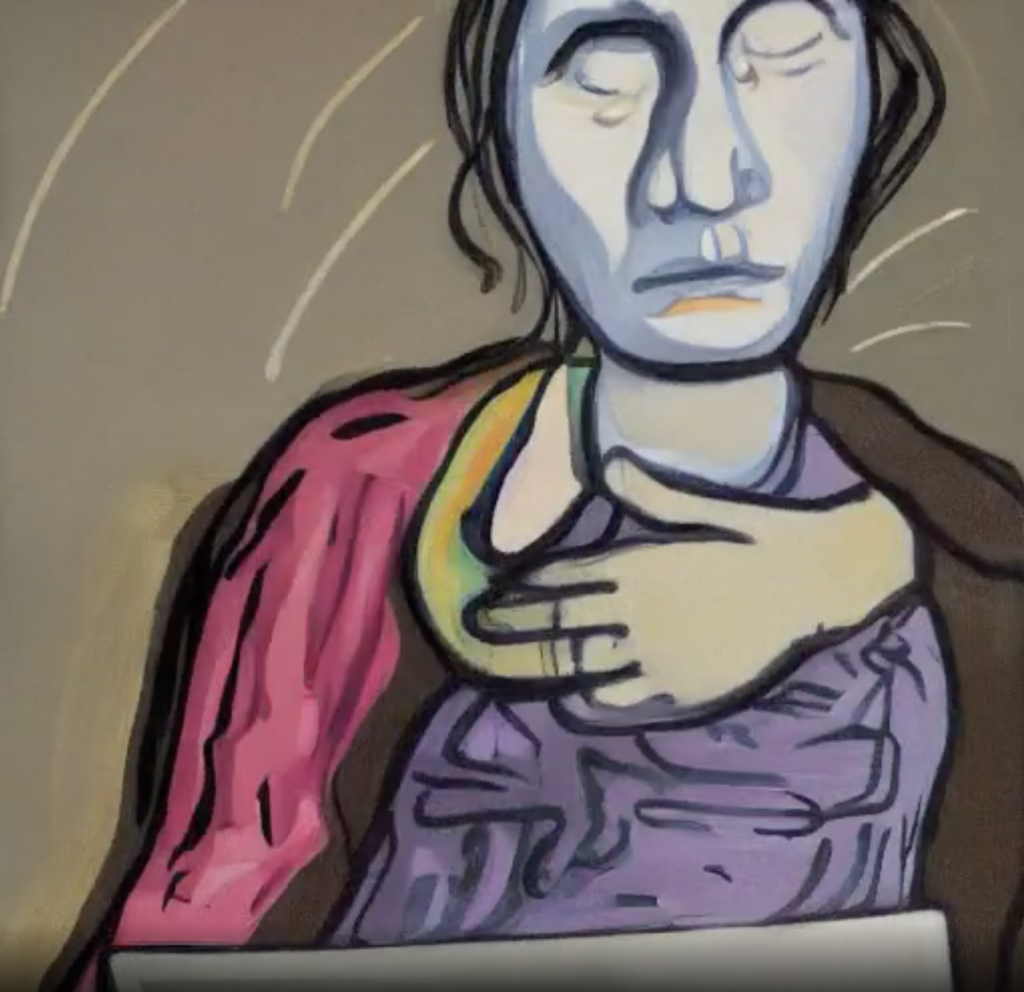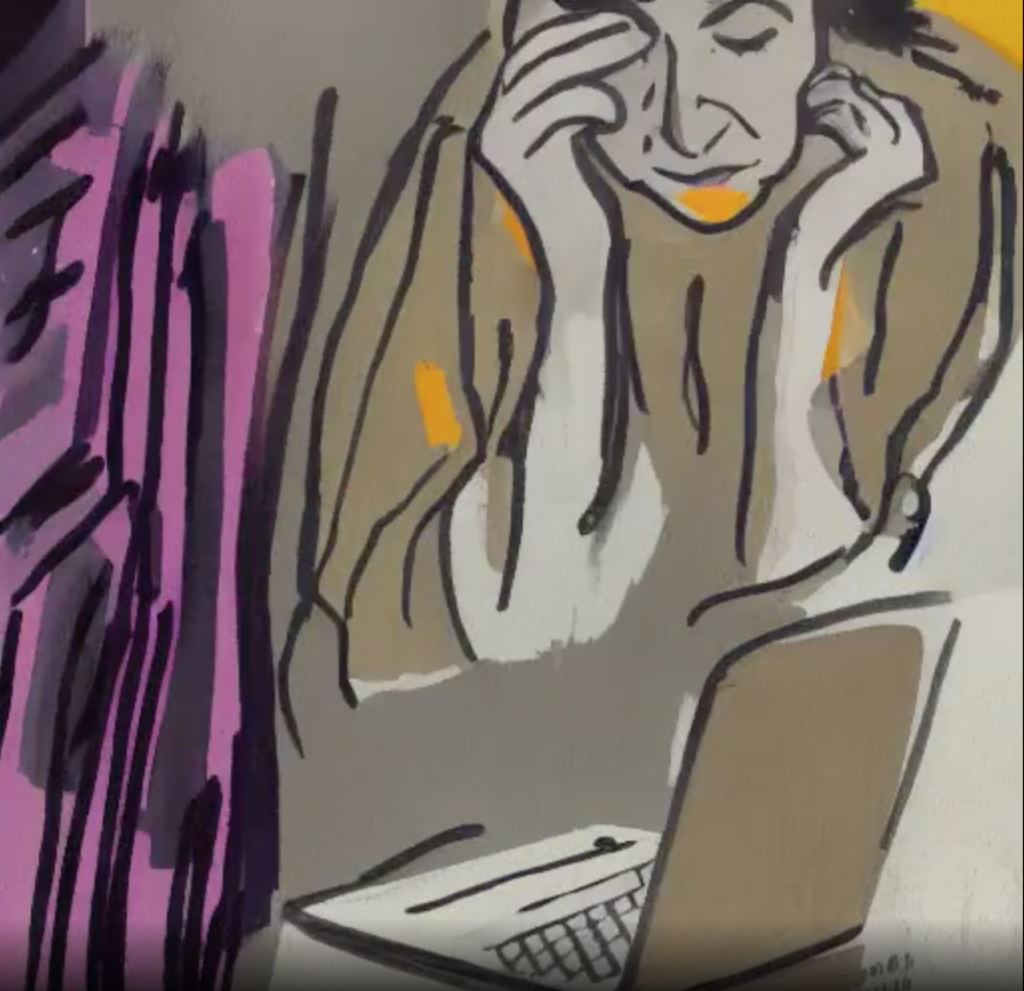As a natural-born crier, I consider myself an expert in the art of tears. I possess the talent to effortlessly express my emotions through tears. Although my family has accused me of exaggerating, I believe it to be a compliment, as I am able to feel things more deeply than others.
Upon receiving the task from the Crying Institute to develop a new crying material, I was filled with genuine excitement and gratitude for the opportunity to innovate and design new technologies that our world deserves. Initially, I generated a multitude of clever ideas, such as crying paintings, crying cactus, crying cola, etc. Even though it was so much fun during those experiment times, I ended up didn’t proceed with any ideas as they were dull over time.
Except for one day, I realised that in order to invent something truly valuable, I needed to unlearn and then relearn anew!
I put down my ego next to my laptop and pretended to meditate for 3 minutes. Suddenly, an idea struck me: tears contain a three-layered component known as tear film. I then pondered the possibilities of filming tears to see these tear films.
Wow, I was super proud of myself.
Let’s make a film about the tear film then!

Chapter 1: The Tear Tracker
In order to film the tears, I need to create a device that can detect, track and visually record my tears. I made a device by using recycled parts from the electronics lab at the Bauhaus-Universität.
The device is made from the breadboard, wires, LED, camera, resistor, RTC etc.
Due to the complication, I decided to make a short video to show how it look and function.
Chapter 2: The Interface
In simple words, in order to track my tears successfully, I need to put my wonderful creation, the Tear Tracker, inside my eyes. The preferred location is next to the pool of tears where I believe it is the place of tears production.
To show you how to do it, I created an instruction video that contains important steps but yet very simple.
Chapter 3: The Tear Film
Now it comes to the most important part of the journey. I would cry to activate the device and film my tears!
Sadly, it wasn’t that simple.
I couldn’t cry.
…….
Going back a bit to the story of the experiments before Chapter 1.
Even though I didn’t proceed with any of those dulled ideas, I couldn’t avoid the fact that I sacrificed tons of tears in order to test those innovations.
Crying after crying makes me cry for real. I burned out from crying and I cried from being burned out. One day, like today, I woke up and realised that I don’t have any more tears to drain…
I need a new material!
…….
(Storytime)
Once upon a time, but around 8 years ago to be precise, my mom moved from our planet to another faraway land. I couldn’t reach her due to signal issues. I miss her every day and that missing energy has been killing me, so I decided not to look at any of her photos. The videos are highly prohibited, maybe because my mind knows I will cry so badly. Well, thanks to the self-defense mechanism. -_-
However, as a professional, the project is more important than my heart. I decided to finally face my fear and step into her old materials in order to complete my new material invention.
…….
In this chapter, you will see the final part of my project. I hope you enjoy my film and my tear film. 🙂










